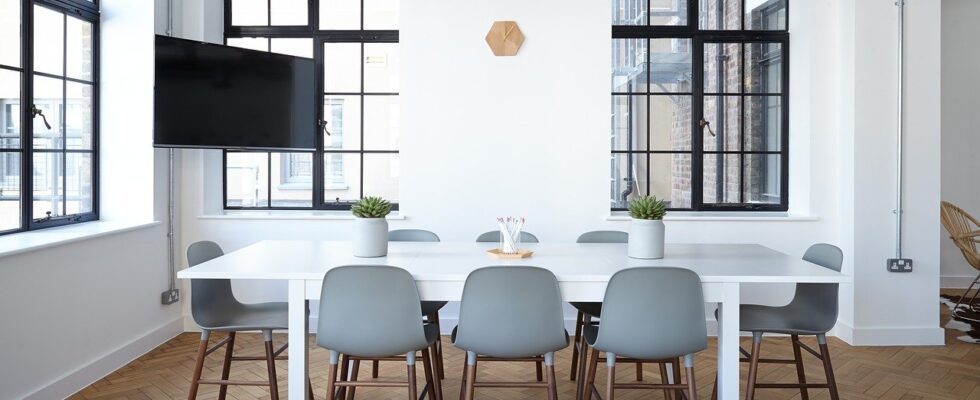 The office environments we return to this year won’t be the ones we left in 2020. Over the past two years, many employees have come to appreciate the flexibility of working remotely.
The office environments we return to this year won’t be the ones we left in 2020. Over the past two years, many employees have come to appreciate the flexibility of working remotely.
The Australian Bureau of Statistics says remote working is here to stay, with two thirds of people working sometimes or always from home, compared to 42 per cent pre-COVID. Further, Purpose Bureau has identified a 95 per cent increase in Australian online job ads offering work-from-home.
This has significant implications for what the future workplace will look like. A key area of difference is meetings. Telehealth and videoconferencing in Australia surged during the pandemic according to an ACMA report, and ASIC has issued guidelines for investor meetings using virtual technology.
Amid the increasingly fierce war for talent, businesses have no choice but to adapt to the hybrid office. Flexible working remains one of the top priorities for employees, according to ELMO research. Workers expect hybrid working to become an entrenched part of working, with 42 per cent expecting to work from home part-time. Extensive research also indicates that many workers will quit if not offered flexibility – with more than half of workers (52 per cent) globally considering quitting according to an EY study.
So how can Australian organisations adapt to the hybrid office as a permanent way of working, and make it successful?
1. Understand different work personas
Successful hybrid work is about integrating different work styles into the culture of an organisation. Different employees have different needs when it comes to where and how they work, whether in the office or remotely. IT decision makers must take these preferences into account. At Poly we defined six key workstyle personas, including Connected Executives, Office Communicators, Office Collaborators, Remote Collaborators, Flexible Workers, and Road Warriors. The vast majority (92 per cent) of employees fit into these six categories.
Mapping personas is important to identify what technology investment should be made. For example, Road Warriors use less video than home-based Remote Collaborators, but mobile is critical for them. Different groups also have different ability levels when it comes to technology. Matching workstyles to devices and technologies increases productivity and makes it easier for people to transition between multiple locations.
2. Be aware of where your employees work
A remote-based employee isn’t necessarily working from a home office, or even in the same place. They may use co-working spaces, cafés, and client offices, as well as sometimes coming into the main workplace. While there, they may work from a regular desk, hotdesk, huddle space or conference room.
All these places can be broken into two categories: personal spaces and group spaces. By taking geography out of the equation, you can see how an employee desk in the office and a desk at home may be alike since both are individual spaces. PwC has identified the “four Cs” – concentration, collaboration, communication, and contemplation. Businesses will need to find a balance between offering the right amount of each space type.
3. Understand how technology creates consistency
Workplace equity is critical for the hybrid workforce. Technology choices need to enable the same level of productivity and professionalism for all employees. Before the pandemic, office-based employees typically had professional communication devices, while remote and road-based workers used consumer headphones and laptop cameras.
Now, professional grade collaboration needs to be enabled regardless of location. This includes features such as high definition (HD) audio and video, speaker framing, seamless content sharing between devices and digital whiteboarding. No matter where technology is being used, it needs to be accessible and user friendly. Before the pandemic, Sapio Research found that about 15% of the time spent in meetings is wasted time, mainly due to inefficient meeting room equipment.
Ultimately, the goal should be to provide workers with a simple and familiar experience no matter what space they happen to be using, so that they can be instantly productive. With the right technology, you can deliver a consistent and great employee experience and create a successful hybrid workplace.
By Bill Zeng, Senior Director, APAC, Poly
This article was first published by Kochie’s Business Builders
